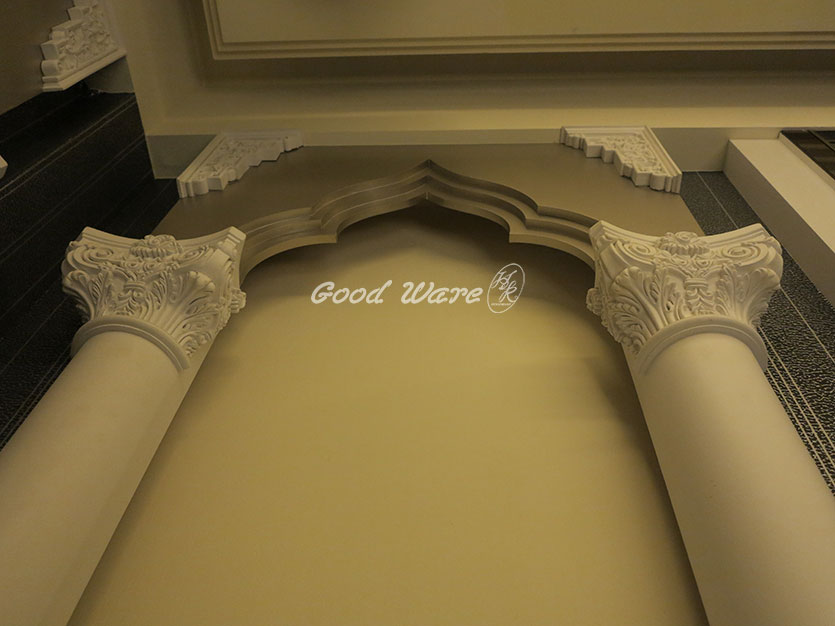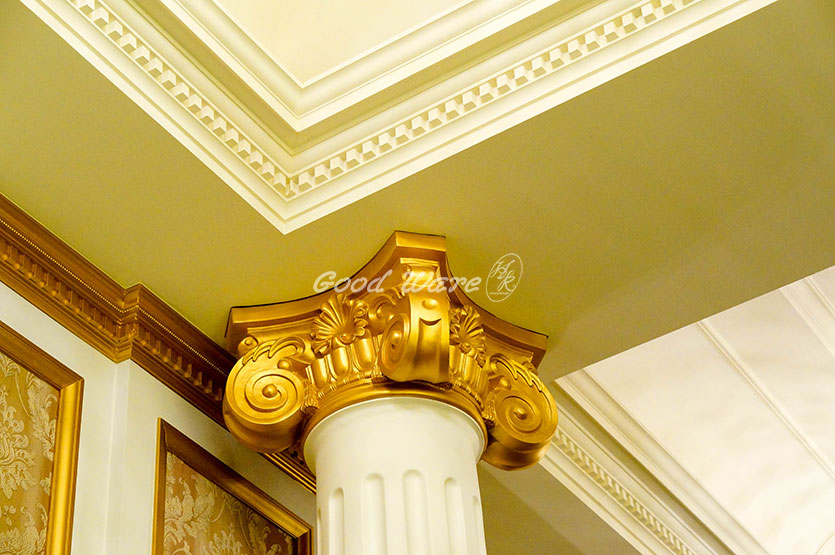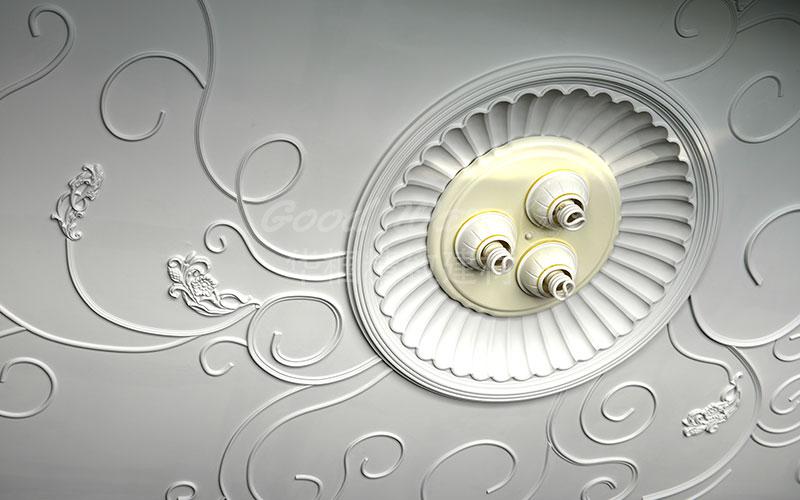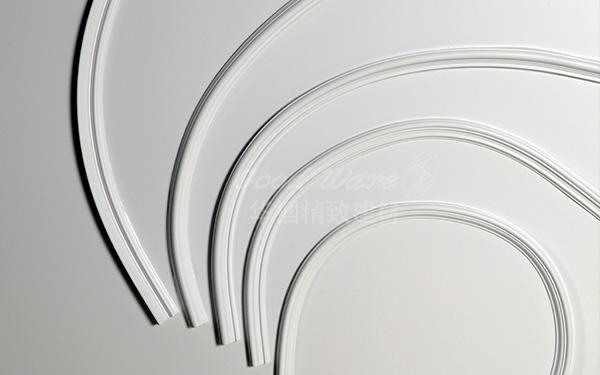In architecture the capital (from the Latin caput, or “head”) or capital forms the topmost member of a Roman Column (or a pilaster). It mediates between the Roman Columns Capital and the load thrusting down upon it, broadening the area of the column’s supporting surface. The capital, projecting on each side as it rises to support the abacus, joins the usually square abacus and the usually circular shaft of the column. The Roman Columns Capital may be convex, as in the Doric order; concave, as in the inverted bell of the Corinthian order; or scrolling out, as in the Ionic order. These form the three principal types on which all Roman Columns Capitals are based. The Composite order (illustration, right), established in the 16th century on a hint from the Arch of Titus, adds Ionic volutes to Corinthian acanthus leaves.
From the highly visible position it occupies in all colonnaded monumental buildings, the Roman Columns Capital is often selected for ornamentation; and is often the clearest indicator of the architectural order. The treatment of its detail may be an indication of the building’s date.

Types of Roman Columns Capitals
– Simplest Style of Roman Columns Capitals
The Doric order or style of Roman Columns Capitals are the oldest and simplest of the classical styles. An example of the Doric Roman Columns Capital can be shown in the image at the top of the page. The oldest and simplest of the three main orders of classical Roman architecture are characterized by heavy fluted Roman Columns Capitals with plain, saucer-shaped capitals and base. The capital of the Doric column consists of a cushion-like convex molding known as an “echinus” and a square slab called an “abacus.” The first level of the arches at the Colosseum are framed by half-columns of the Doric order. The Doric style Roman Columns were considered to be able to hold more weight.
The capital has an almost bell-shaped capital decorated with acanthus leaves. Corinthian Roman capitals were often surmounted by a more ornamented natural. The third level of the arches at the Colosseum are framed by half-columns of the Corinthian order or style.

-Doric Column Capitals
The Doric order is the earliest of the three Classical orders of architecture and represents an important moment in Mediterranean architecture when monumental construction made the transition from impermanent materials—like PU—to permanent materials, namely stone. The Doric order is characterized by a plain, unadorned roman column capital and a column that rests directly on the obstinate of the temple without a base. The Doric nature includes a frieze composed of triumphs—vertical plaques with three divisions—and metopes—square spaces for either painted or sculpted decoration. The roman column capitals are fluted and are of sturdy, if not stocky, proportions.
Other early, but fragmentary, examples include the sanctuary of Hera at Argos, votive capitals from the island of Aegis, as well as early Doric capitals that were a part of the Temple of Athena Pronominal at Delphi in central Greece.

Conclusion
Roman Column Capital – the crown which joins the top of a column with the abacus and aids in distributing weight. Different types include the simple convex Doric and the highly decorative Corinthian with stylized acanthus leaves.There is a large slab placed above the roman column capital to support the architrave or an arch placed above it.







